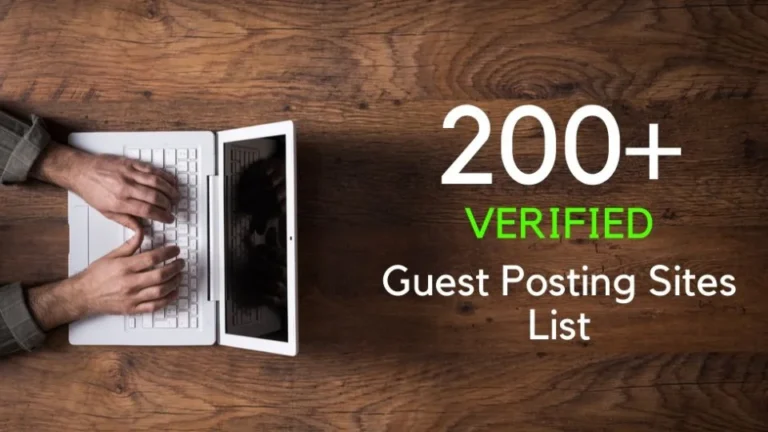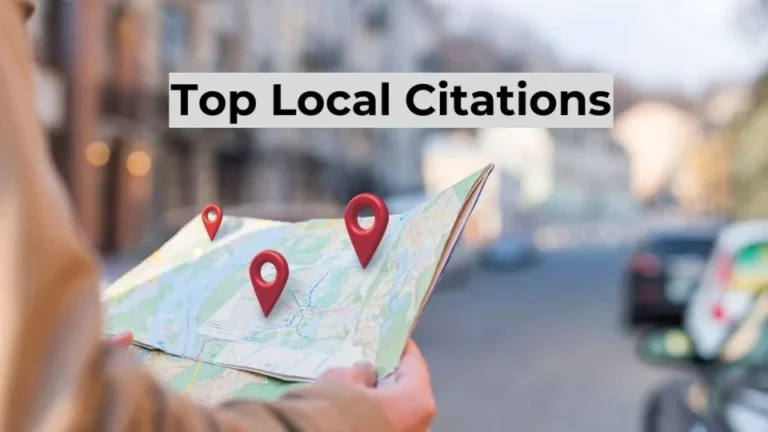YouTube SEO: How to Optimize and Rank Videos
YouTube is the second-largest search engine in the world, and it processes over 3 billion searches each month. If you’re not optimizing your videos for YouTube SEO, you’re missing out on a massive opportunity to grow your audience and increase visibility. This guide will walk you through everything you need to know about how to rank YouTube videos and drive more organic traffic to your content.
What Is YouTube SEO?
YouTube SEO is the process of optimizing your videos, channel, and metadata to rank higher in YouTube search results and suggested videos. It involves both on-page and off-page strategies such as keyword optimization, engagement signals, video metadata, and more.
Why Is YouTube SEO Important?

YouTube SEO can help:
- Increase your video visibility
- Attract more views and subscribers
- Improve watch time and engagement metrics
- Drive targeted traffic to your website or business
Without proper optimization, your videos may get lost among millions of uploads.
How YouTube’s Algorithm Works

The YouTube algorithm considers several factors:
- Relevance: Are your titles, tags, and descriptions aligned with search queries?
- Engagement: Do users like, comment, share, and watch your videos to the end?
- Watch Time: The total amount of time viewers spend watching your videos.
- User Behavior: Previous user interactions with similar content.
Top 10 YouTube SEO Strategies

1. Conduct Keyword Research
Start by finding keywords that people are searching for on YouTube.
- Use YouTube’s search suggest feature
- Try tools like TubeBuddy, vidIQ, or Google Trends
- Target long-tail keywords with lower competition
2. Optimize Video Titles
Your title should be:
- Clear and engaging
- Include the main keyword near the beginning
- No longer than 60 characters
Example: “YouTube SEO Tips: How to Rank #1 in 2025”
3. Write Detailed Descriptions
The video description helps YouTube understand your content.
- Include your keyword within the first 1–2 sentences
- Add 200+ words of relevant text
- Include a call to action (e.g., subscribe, watch next video)
4. Use Relevant Tags
Tags give YouTube more context about your video.
- Use 5–8 tags per video
- Include a mix of broad and specific keywords
- Add your brand name as a tag
5. Create Custom Thumbnails
Thumbnails influence click-through rate (CTR).
- Use high-resolution images
- Include bold text and close-up visuals
- Keep branding consistent across videos
6. Add Captions and Subtitles
Captions improve accessibility and keyword indexing.
- Upload accurate SRT files
- Use YouTube’s auto-caption feature with edits
7. Encourage Engagement
Ask viewers to:
- Like and comment on the video
- Subscribe to your channel
- Share the video with others
8. Optimize Channel Layout
A well-structured channel helps with retention.
- Use channel keywords and description
- Organize playlists by topic
- Feature your best videos
9. Increase Watch Time
Watch time is a major ranking factor.
- Hook viewers in the first 15 seconds
- Use storytelling and visuals to maintain interest
- Link to related videos at the end
10. Promote Your Videos
Don’t just rely on YouTube search.
- Share on social media
- Embed in blog posts or emails
- Collaborate with influencers
Comparison Table: YouTube SEO Tools
| Tool | Free Version | Key Features |
|---|---|---|
| TubeBuddy | Yes | Keyword explorer, tag rankings |
| vidIQ | Yes | Competitor analysis, video score |
| Ahrefs | No | Keyword data, backlink analysis |
| Google Trends | Yes | Trend analysis, regional data |
Pros and Cons of YouTube SEO
Pros
- Boosts video visibility and rankings
- Drives free, organic traffic
- Helps grow subscribers and brand authority
Cons
- Requires consistent effort and strategy
- Takes time to see results
- Competitive for high-volume keywords
Frequently Asked Questions
How long does it take for a video to rank on YouTube?
It depends on your niche, video quality, and competition. Some videos rank within hours; others may take weeks.
Do video tags still matter in 2025?
Yes, but they play a smaller role compared to titles, descriptions, and watch time.
Is watch time more important than views?
Yes. YouTube prioritizes videos that keep users on the platform longer.
Can I rank videos without subscribers?
Yes. Optimization and engagement matter more than subscriber count when starting out.
Conclusion: Master YouTube SEO for Long-Term Growth
Ranking your videos on YouTube requires more than just uploading good content. It takes planning, keyword research, and strategic optimization. By following the steps outlined in this guide, you’ll improve your chances of showing up in search results and attracting more viewers.
Start implementing these YouTube SEO techniques today and turn your channel into a powerful growth engine.
Ready to boost your YouTube presence? Begin optimizing your next video with these proven tips.







